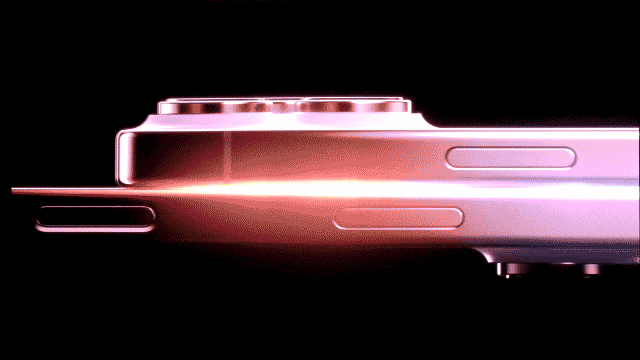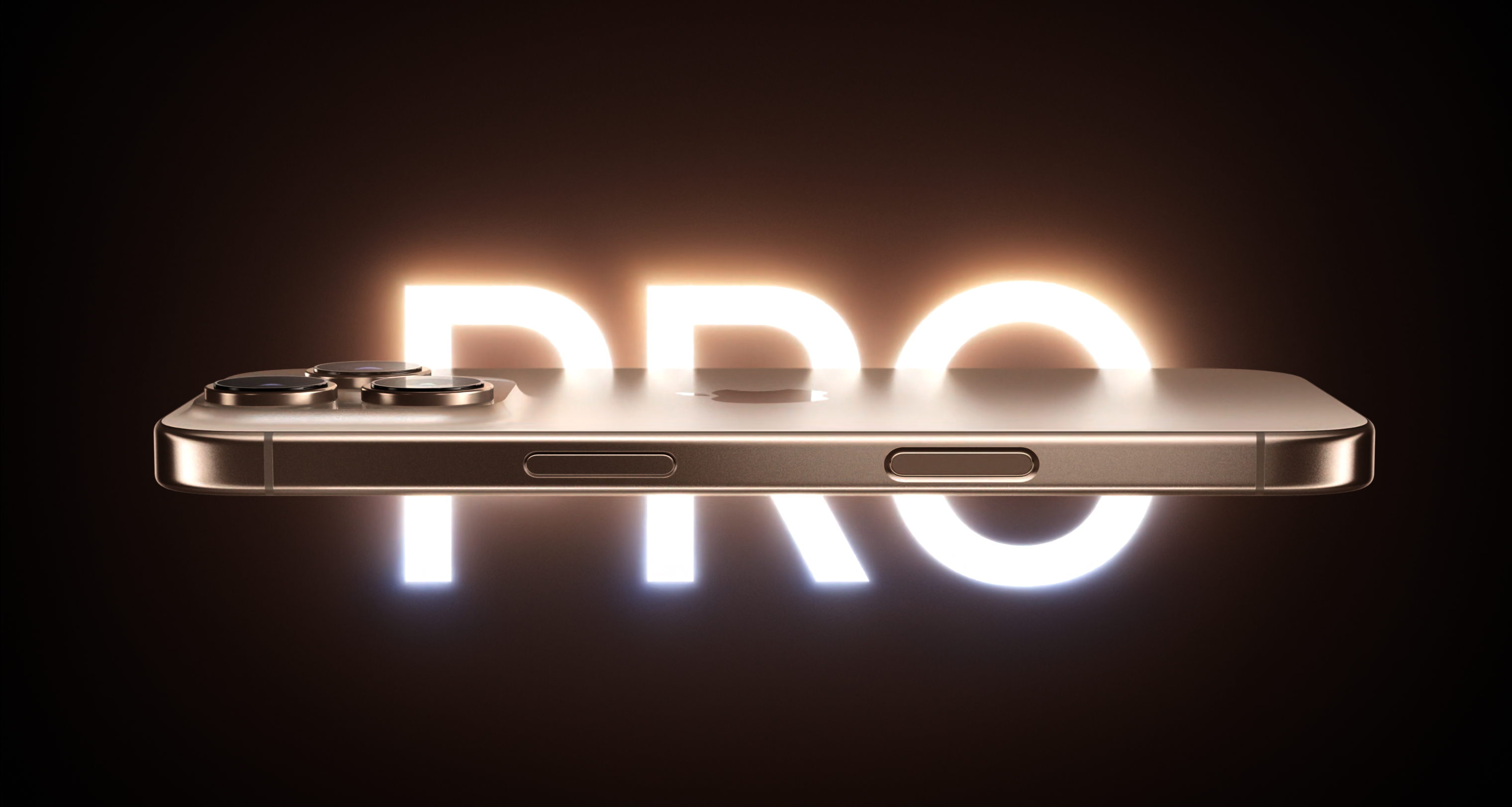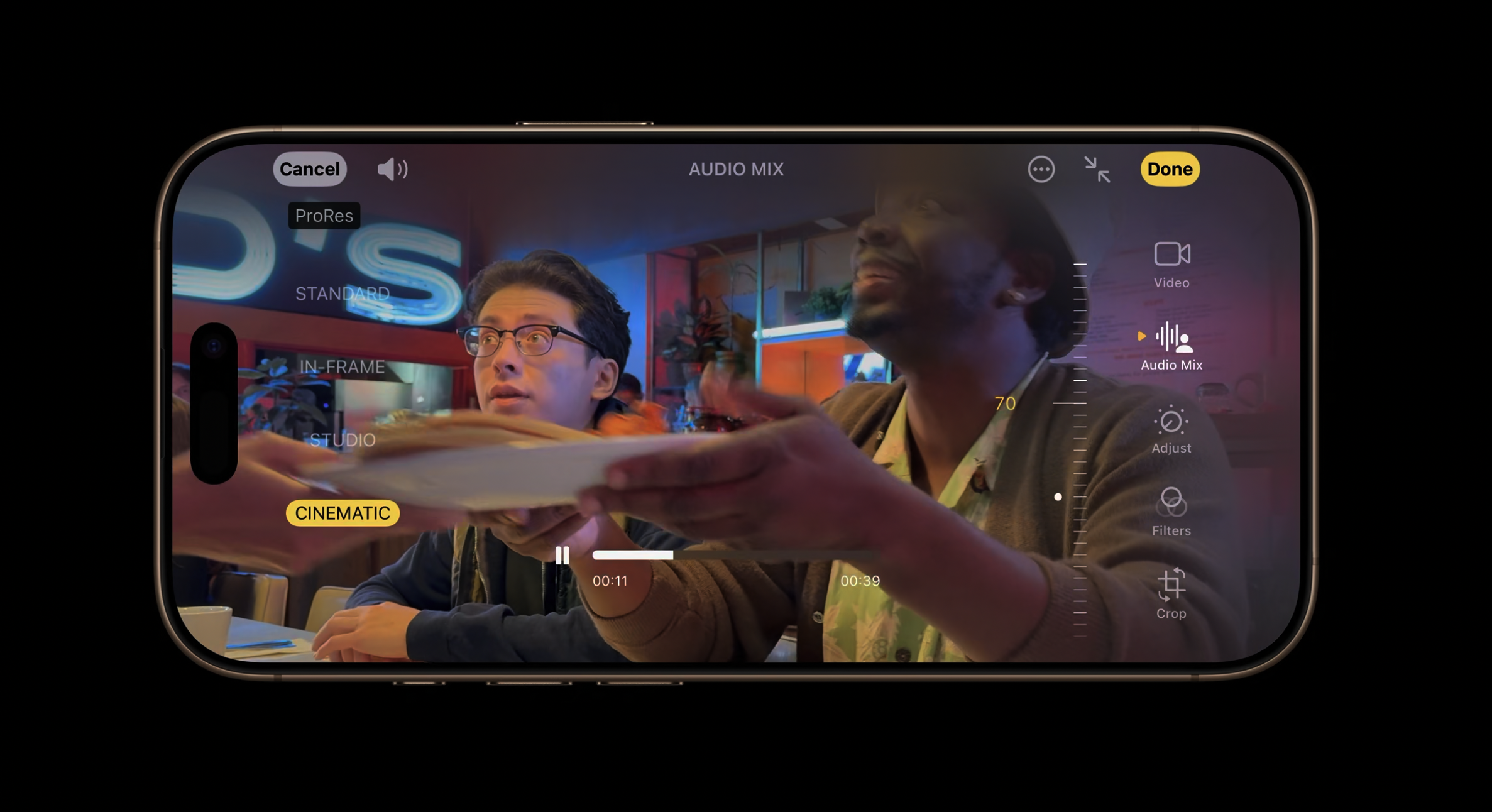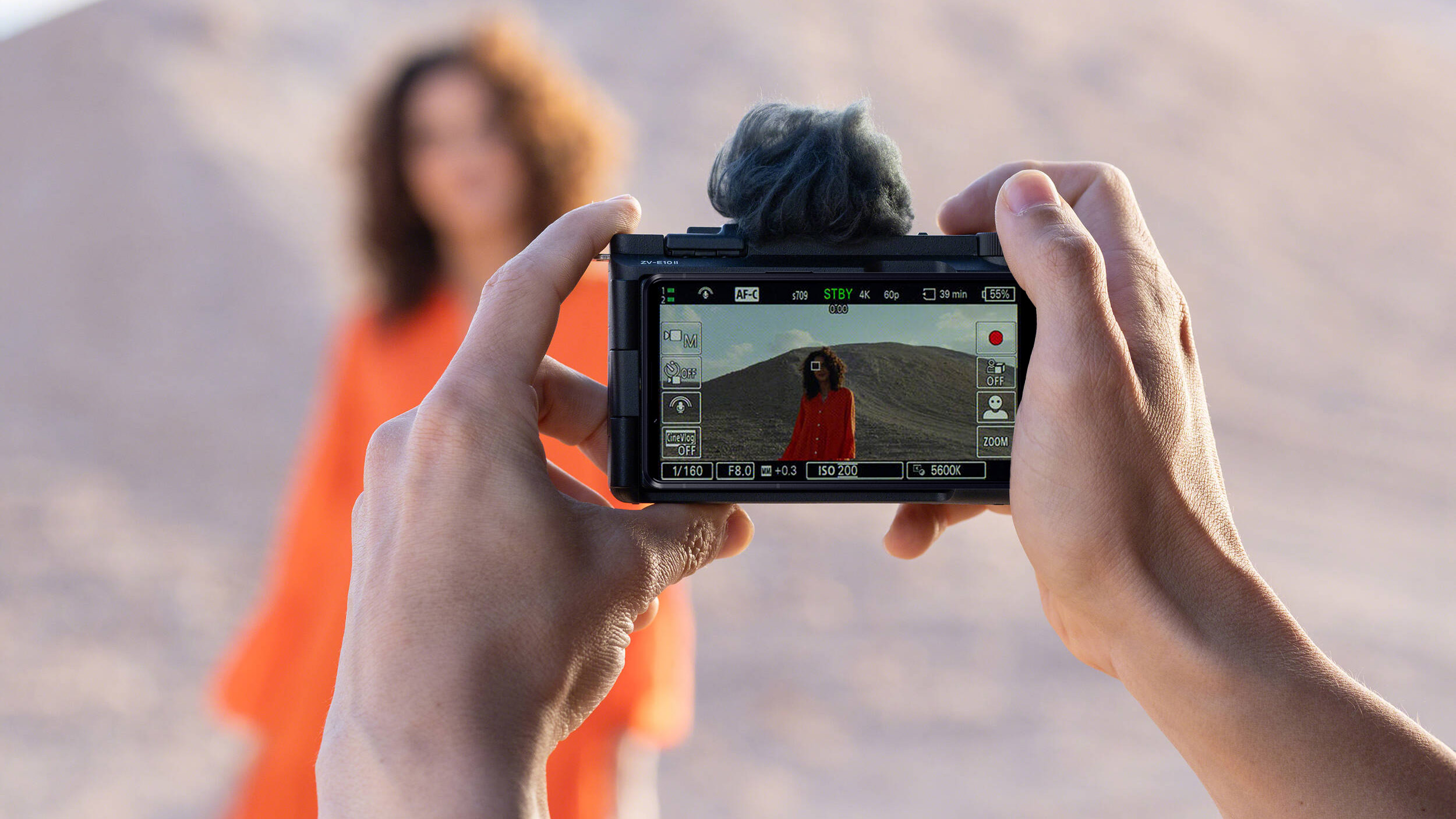I was so happy Apple showed so much love for photographers, but now I'm worried I'm being tricked...
The iPhone 16 launch was all about photographers – but was it REAL love, or is Apple trying to distract me from its AI problems?

The iPhone 16 launch event was a lot more about photography than, to be absolutely honest, I expected. I ended up more excited than I was expecting and (despite a strong desire to contain myself) started to adjust my financial plans so I can join the herds heading to the Apple Store in the coming days.
The arrival of the Camera Control Button and the software features to control it were a key part of the presentation, and they are incredibly exciting if – like me – your interest is more in the camera and less in AI.
So much from other companies has been about, well, visual tricks. When I watch YouTube and TV I'm bombarded with ads for Android phones that let you cheat reality – for example, by taking a photo of your friends in stages rather than buying a tripod!
Now, after a little bit of a pause, I find myself realizing that Apple would probably love to be showing this kind of tech as well. But Apple Intelligence, as it insists on calling AI, is not quite there.
In that case, the Camera Control button – beautifully realized though it is – is still very Apple. And when you realize that Apple didn't even bother putting the photographer's favorite two-stage shutter in the first version of the software, the suspicion grows a little.

Apple, after all, is good at hardware, and good at hardware-software integration. But I don't think I'm alone in suspecting that – as human individuals – many are not wholly excited by AI. The company is being dragged kicking and screaming by a tide.
So, Apple seems to have gone for a, "Sure, we're working on AI, but hey – look at this!" approach with the iPhone 16 generation. And, actually, that's worked.
Get the Digital Camera World Newsletter
The best camera deals, reviews, product advice, and unmissable photography news, direct to your inbox!
Now I find myself hoping that the impact of this event in the wider media successfully pushes hard into the AI tide, and makes people think a bit more about the creativity that they aim to achieve and less about getting AI to summarize emails for them.
There is also a bit of a plateau in the physical camera specs, especially for the iPhone 16 Pro series. A chunkier sensor (but still 48MP) for the wide-angle lens isn't wholly inspiring, and sure, 4K 120fps is fine, but I'd rather use a rugged action cam for action – and all those frames might suggest that I'll want the pricey 1TB iPhone Pro Max.
The arrival of THE BUTTON is a useful distraction there, too, and I'm sure at least someone in the Apple marketing team thought of that!
A cynic might also feel that Apple's developers would find it easier to produce software for the sensors they were used, to rather pushing the envelope, while adding interface controls and a new button are less technically demanding (perhaps leaving a few developers to go on an AI course).

Here, though, there is another more complicated story. It looks more like the Pro camera's extra features are, well, more 'Pro' – somewhat harder to explain to the public than resolution used to be.
That doesn't mean they won't be genuinely useful in creating quality (if they work as described), though. The four "Studio" mics and noise-canceling options really excited me and many others.
They will all need to be tested against other gear but, more and more, "Shot on iPhone" looks set to become easier, and perhaps the iPhone / iPhone Pro distinction is becoming less about raw power and more about nuanced performance in the longer term.
For now, I'll be happy that Apple is speaking my language out loud. But I'm definitely worried that the foundations it stands on are only as solid as a generation of phones. Still, at least that's one more year when creativity – and not what a computer can summarize from other people's creativity – stays center stage.
Until the iPhone 16 series comes out, check our guide to the best iPhones, but the real question is will it be the best camera phone overall?

With over 20 years of expertise as a tech journalist, Adam brings a wealth of knowledge across a vast number of product categories, including timelapse cameras, home security cameras, NVR cameras, photography books, webcams, 3D printers and 3D scanners, borescopes, radar detectors… and, above all, drones.
Adam is our resident expert on all aspects of camera drones and drone photography, from buying guides on the best choices for aerial photographers of all ability levels to the latest rules and regulations on piloting drones.
He is the author of a number of books including The Complete Guide to Drones, The Smart Smart Home Handbook, 101 Tips for DSLR Video and The Drone Pilot's Handbook.
